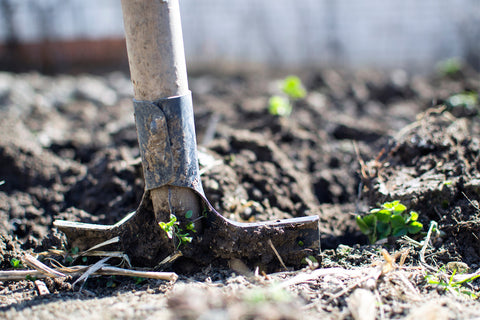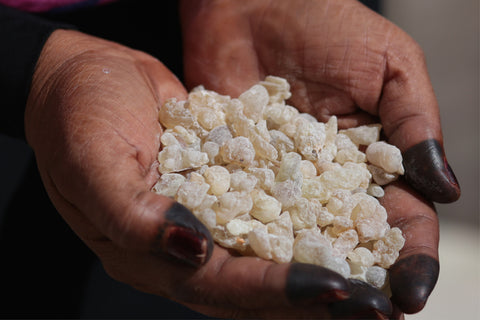Cosmetics and toiletries offer the promise of magical transformation. They promise to refine and clarify skin, to give us manageable and shiny hair, and to melt away the years. We want to believe these promises – so much so, that sometimes we don’t ask what’s in the bottle. The truth is that most conventional beauty products contain the same ingredients – moisturizing agents, detergents, oils and waxes, silicones, emulsifiers, preservatives, colours, and perfumes – because there are only a limited number of chemicals that can clean, moisturize, and condition skin or hair.
Chemical Beauty
We use products daily and in large quantities, so you would think these ingredients would have been proven both safe and effective. But this is not necessarily the case – beyond proving that products do not produce immediate allergic reactions, cosmetic companies are not required to prove they are safe over the longer term; and as for effectiveness, almost any claim goes.
If you regularly use conventional products, then you are exposing yourself to a staggering range of harmful industrial chemicals. Look at a label on a typical shampoo bottle – you may see as many as 20 ingredients, many of which have been synthesized in the lab. To the average person, the list is an incomprehensible alphabet soup that makes most of us switch off. We open the bottle, cross our fingers, and pray that the companies have our beauty and welfare at heart.
Laboratory tests have shown many ingredients to be harmful and capable of producing not only short-term health issues, such as contact allergies, but also more serious long-term health problems, such as cancer, birth defects, and central nervous system damage. Some of the chemicals found in modern beauty products are also considered hazardous waste by many governments.
Cosmetics manufacturers may claim that they use only a little of these chemicals but apart from this notion being disingenuous, it ignores the fact that we use them every day (as opposed to once, during a laboratory test). It also ignores that individual chemicals can combine in the bottle to produce unexpected toxins – that manufacturers don’t always test for.
Your skin can’t protect you from these chemicals. Most can easily penetrate the protective barrier of the skin and build up in your body. Is any promised transformation worth this risk?
If more of us refuse to buy toxic products and transform our beauty routine, manufacturers will quickly get the message that using industrial chemicals in beauty products is not acceptable.
- Simplify your routine. Use fewer products daily and be choosy about what you use
- Choose certified organic cosmetics. These help you to avoid the worst cosmetic offenders, which as simply not allowed under organic rules. But watch out for the organic ‘pretenders’ – those products that have a small percentage of organic ingredients in otherwise toxic mix of synthetic chemicals. Only a product carrying a certified organic stamp is guaranteed to be free of these.
- Try natural fragrances. Look for products that are fragranced with essential oils rather than those that use generic ‘parfum’ which is usually synthetic.
- Make your own. A satisfying and creative pastime, making your own products may also be good for your health. Not only can you tailor the ingredients to your personal needs, but you can also be absolutely sure of what goes into them.



